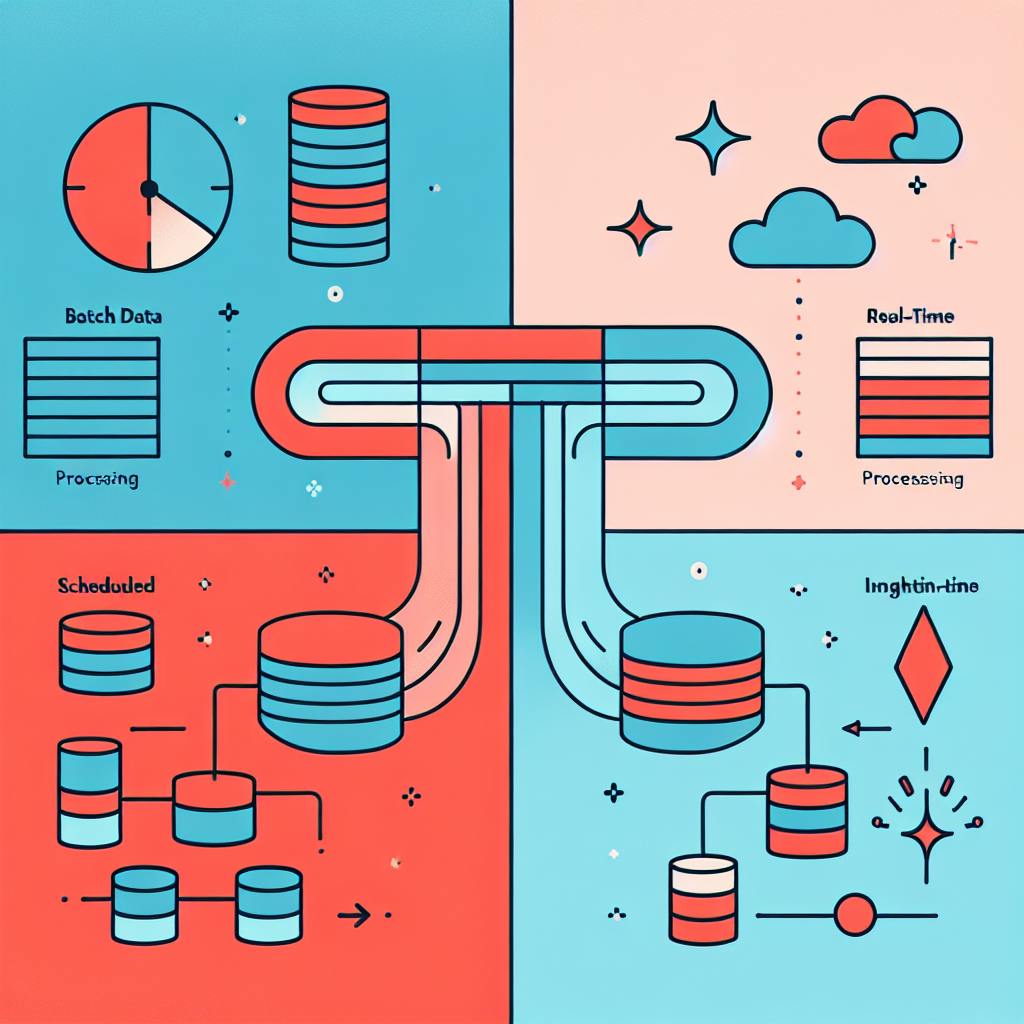IT automation slashes expenses and boosts efficiency. Here's how:
- Automates routine tasks: Frees up staff time, saving 6+ hours per week
- Cuts errors: Reduces costly mistakes by up to 95%
- Optimizes resources: Improves allocation, cutting costs by 32%
- Enables growth: Scales operations without hiring more staff
- Enhances security & compliance: Cuts breach costs by 27%, speeds up compliance 10x
| Benefit | Cost Savings |
|---|---|
| Overall | 32% |
| Labor | Significant decrease |
| Compliance | 80% reduction |
| Time (Compliance) | 10x faster |
Bottom line: IT automation isn't just nice to have - it's essential for staying competitive and controlling costs. By implementing these 5 strategies, you're investing in your company's future and boosting your bottom line.
1. Automating Routine Tasks
Automation is a game-changer for IT cost reduction. It frees up staff for more important work by letting machines handle the repetitive stuff.
Here's the scoop: In 2020, McKinsey found that 31% of global businesses had fully automated at least one business function. Another 66% were testing it out. Why? Because it works.
Take Torch & Crown Brewing Company. They saved six hours a week just by automating tip pooling. That's more time for brewing better beer or improving customer service.
But it's not just about time - it's about money too. Automation can slash labor costs by 40-75% in some cases. How? By cutting down on human error and speeding things up.
Let's break it down:
| Task | How Automation Helps |
|---|---|
| User account management | Makes onboarding and offboarding easier |
| Data backup and archiving | Protects info automatically |
| Inventory management | Reduces counting errors |
| Invoice processing | Speeds up payments |
| Expense tracking | Cuts paperwork, catches mistakes |
The best part? Automation works non-stop. No breaks, no sick days. This means faster transactions and continuous business processes.
Pro tip: Start small. Look for tasks that are simple, repetitive, error-prone, and easy to standardize. And don't forget to involve your team in the process. It'll help them get on board with the changes.
2. Reducing Mistakes
Human errors cost big bucks. They lead to money loss, reputation damage, and legal headaches. But here's the good news: automation can slash these errors and save you cash.
Check out these eye-opening stats:
- 95% of cybersecurity incidents? Human error, says IBM.
- Bad data? It's burning through $600 billion yearly for U.S. businesses.
- Analysts? They're wasting 40% of their time fixing messy data.
Yikes. So, how does automation help? Let's break it down:
- It keeps things consistent. No more "oops, I did it differently this time."
- It nails data entry. No more typos or "fat finger" mistakes.
- It spots bad data like a hawk. No more garbage in, garbage out.
- It streamlines workflows. Less human touching = fewer human slip-ups.
Real-world proof? You got it:
| Industry | Problem | Automation Fix | Result |
|---|---|---|---|
| Healthcare | 250,000+ annual deaths from medical errors (US) | Automated med dispensing | Fewer medication mix-ups |
| Aviation | Pilot errors causing crashes | Automated flight systems | Safer skies |
| Manufacturing | Inconsistent product quality | Automated inspections | Consistent quality |
Automation isn't just about speed. It's your accuracy superhero, helping you dodge costly blunders and focus on growth.
"Automated email security is even more important, in some ways, than a virus-scanning program … because so many bad things come in through email." - Randy Hawkins, Managing Partner at Hawkins Technologies
Randy's onto something. Automation can be your shield against human errors in cybersecurity - a major money-saver.
Want to start cutting errors with automation? Here's your game plan:
- Spot your error hotspots.
- Find automation tools that fit.
- Start small. Automate simple, repetitive tasks first.
- Train your team on the new automated systems.
Remember: Automation isn't about replacing humans. It's about empowering them to do better, more accurate work. And that's a win for your bottom line.
3. Better Use of Resources
IT automation isn't just about cutting costs—it's about squeezing more value from what you've got. Here's how:
Smarter Resource Allocation
Automation tools give managers a clear view of their resources. This means:
- No more guessing who's free
- Better skill-to-task matching
- Less time wasted on scheduling
Deloitte found companies using advanced automation saw a 32% drop in costs. Why? They could do more with less.
Streamlined Processes
Automation cuts the fluff from your workflows:
| Before | After |
|---|---|
| Manual data entry | Automatic data capture |
| Multiple logins | Single sign-on |
| Manual reports | Real-time dashboards |
Your team spends less time on busywork and more on what matters.
Optimized Inventory Management
For businesses with physical goods, automation:
- Prevents overstocking
- Cuts warehousing costs
- Improves supply chain management
One retail company used AI to optimize stock and predict demand. Result? Lower costs and happier customers.
Maximized Human Potential
Automation frees your team to focus on high-value work. Less number-crunching, more strategizing. Less firefighting, more innovating.
"Automation as a strategic tool helps organizations navigate project complexities and harness resources in a changing business context." - Resource Management Institute
Steps to Better Resource Use
1. Audit Current Processes
Find bottlenecks and time-wasters.
2. Choose the Right Tools
Pick automation that works with your systems.
3. Train Your Team
Ensure everyone can use the new tools.
4. Monitor and Adjust
Watch your automation efforts. Are they working? If not, adjust.
sbb-itb-9890dba
4. Easier Growth
IT automation supercharges business growth. Here's the scoop:
Do More With Less
Automation lets you handle more work without hiring an army. Check this out:
- Colorado Christian University used WhereScape to teach data engineering. Result? More learning, less tech hassle.
- Vonage slashed account setup from 4 days to minutes. No extra staff needed.
Productivity Boost
| Old School | Automation Magic |
|---|---|
| Manual data entry | Auto data capture |
| Slow onboarding | Quick, consistent setup |
| Scheduling headaches | Self-serve booking |
Numbers Talk
Automation = Faster Growth:
- 42% of high-growth companies automated customer comms
- Only 21% of slow-growers did the same
- 34% of growing businesses automated onboarding
Time for What Matters
Automation frees up your team:
- 80% tackled new projects and skills
- 90% got more productive
- 85% worked better together
Juan Perez from Salesforce nails it: "Automation kills inefficiency."
Growth Game Plan
1. Spot the Time-Sucks
Find those boring, repetitive tasks.
2. Pick Smart Tools
Choose automation that plays nice with your setup.
3. Skill Up Your Squad
Get everyone on board with the new tech.
4. Keep Score
Watch how automation moves the needle. Tweak as needed.
5. Improving Safety and Rule-Following
IT automation boosts security and helps companies follow regulations. Here's the scoop:
Always On Guard
Automated systems watch networks 24/7, catching threats faster than humans. This quick action helps dodge costly breaches.
Fewer Oops Moments
Humans make mistakes. Automation reduces these risks by:
- Tracking security stuff
- Flagging potential rule-breaking
- Making audits easier
Rules? No Sweat
Automation simplifies following regulations:
| Task | Automation's Magic |
|---|---|
| Audits | Creates reports automatically |
| Patches | Keeps systems fresh |
| Access | Controls who sees what |
The Numbers Talk
Check out automation's impact:
- Slashes breach costs by 27%
- Makes compliance 10x faster
- Cuts compliance costs by 80%
Smart Safety Moves
1. AI Threat Hunting
Let machines spot weird stuff. Humans can focus on fixing problems.
2. Automate Rule Checks
Set up systems to catch rule-breaking before it happens.
3. One-Stop Data Shop
Keep all compliance info in one place. Audits become a breeze.
"With automation, you can easily audit security activities and whip up compliance reports." - Tanium
Automation isn't just about efficiency - it's your secret weapon for staying safe and playing by the rules.
Conclusion
IT automation isn't just a tech buzzword - it's a cost-cutting powerhouse. Here's how it slashes IT expenses:
- Task Automation: Boosts productivity by freeing up staff time
- Error Reduction: Fewer mistakes, less money wasted on fixes
- Resource Optimization: Makes the most of what you have
- Scalability: Grow without breaking the bank
- Security & Compliance: Stay safe and compliant without the big price tag
The numbers tell the story:
| Benefit | Cost Savings |
|---|---|
| Overall Cost Reduction | 32% |
| Labor Costs | Significant decrease |
| Compliance Costs | 80% reduction |
| Time Savings (Compliance) | 10x faster |
Real companies are seeing real results. Take Rolls Royce - their treasury team cut month-end closing time from four days to seconds by automating data collection.
"As we have been predicting, intelligent automation will become the major catalyst for growth, innovation and differentiation across nearly all sectors." - Terry Walby, CEO of Thoughtonomy
But it's not just about saving money. Automation frees up your team to focus on what matters. A Salesforce survey found that 89% of automation users were happier at work. Happy workers = productive workers = more savings.
Looking ahead, 52% of companies plan to use automation to create new revenue streams. It's not just cost-cutting; it's smart growth.
The bottom line? IT automation isn't a luxury - it's a must-have for staying competitive and keeping costs in check. By embracing these five automation strategies, you're investing in your company's future.
FAQs
How can automation help you better save money?
Automation is a money-saver. Here's why:
1. Fewer mistakes
Machines make fewer errors than humans. This means less time and money spent fixing things.
2. Speed boost
Automated systems blaze through repetitive tasks. At Acme Manufacturing, their new scheduling system cut time by 75% and improved on-time delivery by 30%.
3. Labor cost reduction
By automating routine work, you can move staff to more valuable tasks. McKinsey says this can cut operational costs by up to 30%.
4. Resource optimization
Automation helps you get more from what you already have. Check out this company's savings by switching to automated testing:
| Testing Method | Cost |
|---|---|
| Manual | $736,379.84 |
| Automated | $125,435.79 |
| Savings | $610,944.05 |
5. Long-term payoff
There's an upfront cost, sure. But automation typically gives a 250% return on investment after just six months.
"The more manual tasks you have, the higher the risk of performing costly mistakes." - Relevant Software
Bottom line: Automation cuts costs by reducing errors and freeing up resources. It's an investment that pays off.



